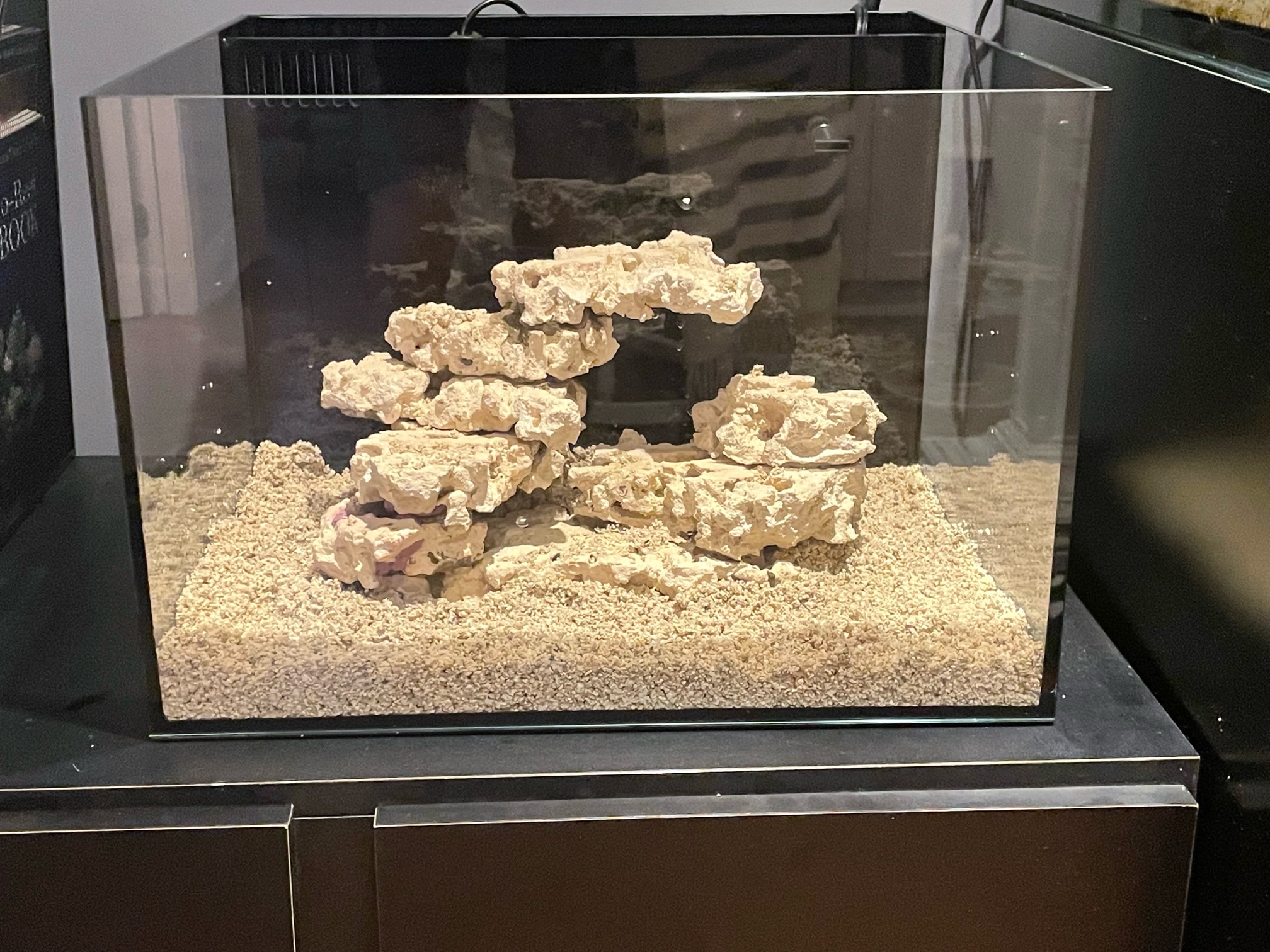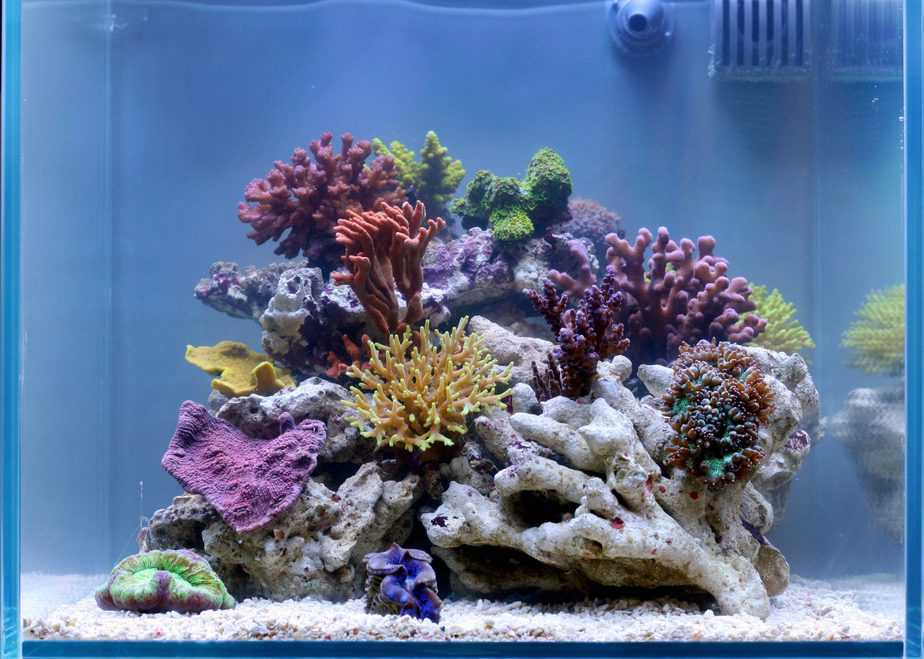How To Aquascape A Nano Saltwater Tank
When setting up a Nano Saltwater Tank one of the most important things is creating the aquascape. The initial rockwork setup will provide the backbone for the tank, offering places for fish and invertebrates to hide, as well as places to mount corals. Like everything else in the reefing hobby, it is important to take your time when creating this initial aquascape. In this article we will explore 6 tips for aquascaping a reef tank.

1) Choose the Right Rock
Reefers today have almost limitless options when it comes to choosing rockwork for a reef tank. At Reef Casa we strongly recommend the use of dry rock as opposed to live rock for numerous reasons, such as reduced environmental impact and prevention of unwanted pests. A good option for both novice and experienced reefers are Stax Rocks. These rocks allow for the creation of an almost endless variety of aquascapes and will not release any ammonia or phosphates into the water.

2) Use a Template to Build Your Aquascape
When designing your aquascape, it is a good idea to use a template to help visualize what the rockwork will look like in the tank. The box that the Reef Casa aquariums ship in are great for this, just make sure to account for the depth of the rear filtration chambers. Avoid the temptation to use too much rock in order to “make the tank look full” since the corals will need space to grow and the tank will fill in over time. Many reefers will create either two rock islands or a single rock structure with multiple ledges and arches. A good rule of thumb is to use, at most, one pound of rock for every gallon of water volume. However, if a sandbed is used it reduces the amount of rock needed to provide sufficient biological filtration. If necessary, the pieces of rock can be attached together using either cement or epoxy.

3) Remember Flow!
Make sure to leave space around the rockwork to allow for waterflow and to avoid dead spots. It is important to try and visualize the flow patterns in the tank and to make sure that the return nozzle and water intake are both unobstructed. A dual nozzle random flow generator such as this will make things easier. It is also a good idea to leave enough room around the edges of the aquascape to allow for glass cleaning. Some reefers will place the rockwork right up against the back wall of the tank but most will leave some space to allow for waterflow and to prevent the buildup of detritus.

4) Allow Space For Corals and Other Livestock
When creating an aquascape it can sometimes be easy to forget that ultimately a reef tank is all about the corals. Try to visualize the types of corals that will be added to the tank and their needs. The most versatile aquascapes contain a wide variety of ledges and other flat surfaces at various depths for mounting corals, as well as ample space for them to grow. Don’t forget to leave space on the sandbed for corals such as lobophyllia or smaller rock islands for corals that need to be isolated from the main rockwork such as zoas or green star polyps. Fish and invertebrates also appreciate a variety of caves, ledges and open water for swimming.
5) Avoid Shadows
When designing an aquascape it is important to remember that 99% of the corals that reefers add to their tanks are photosynthetic and require lighting to survive. This means that, generally, it is a good idea to avoid large shaded areas, especially under arches. Many reefers use a “step pyramid” pattern. In this method each level of rockwork is offset and the aquascape narrows as it gets higher. This will maximize the percentage of the aquascape that is exposed to the light, meaning fewer shadows and more room to mount corals.
6) Have Fun and Don’t Rush!
Like everything else in reefing, make sure to have fun designing and building the aquascape. Try lots of different structures. Don’t be afraid to take a hammer to larger pieces and break them into smaller, more interesting, shapes. Make mistakes (ideally before cementing) and be open to starting over a few times before settling on the final aquascape. Finally, after creating a dream aquascape, place it (very carefully) in the tank and spend a few days looking at it from all angles.
If you have any questions about aquascaping, or anything else reef tank related please reach out to us. You can also check out some of our customer’s tanks here for inspiration.

